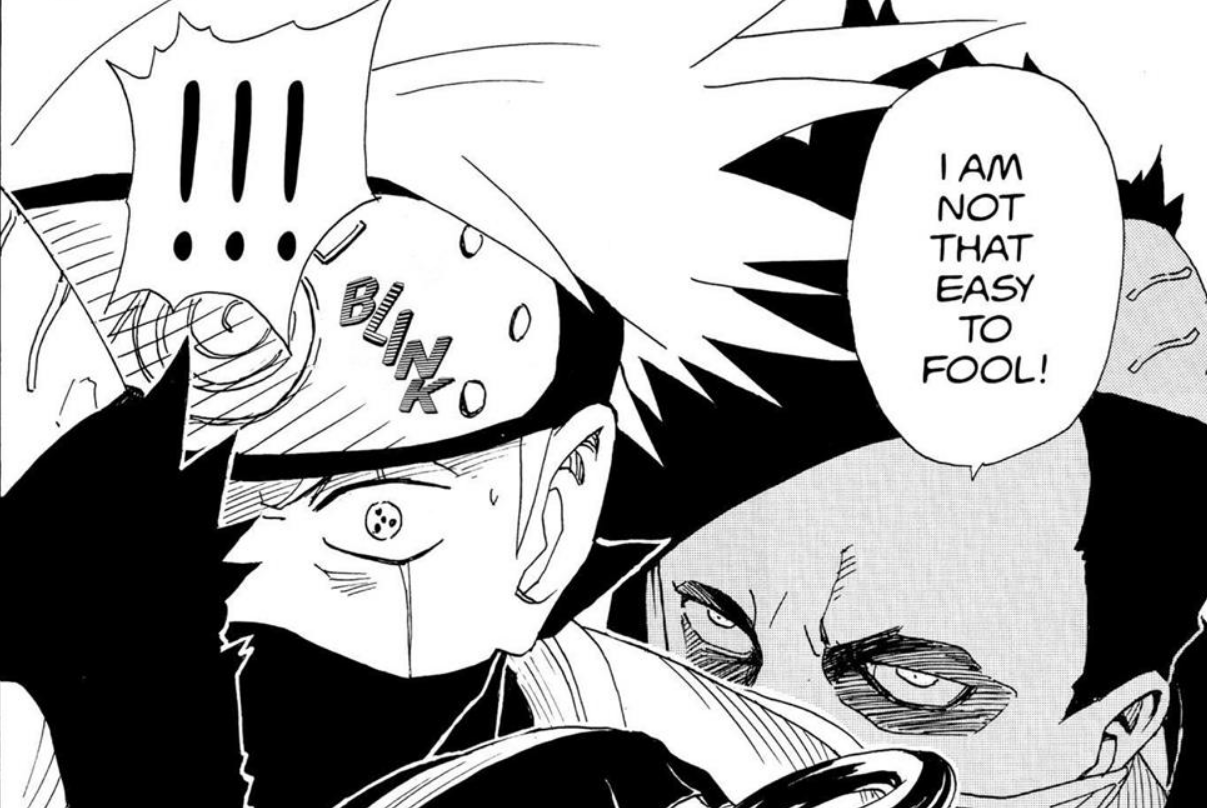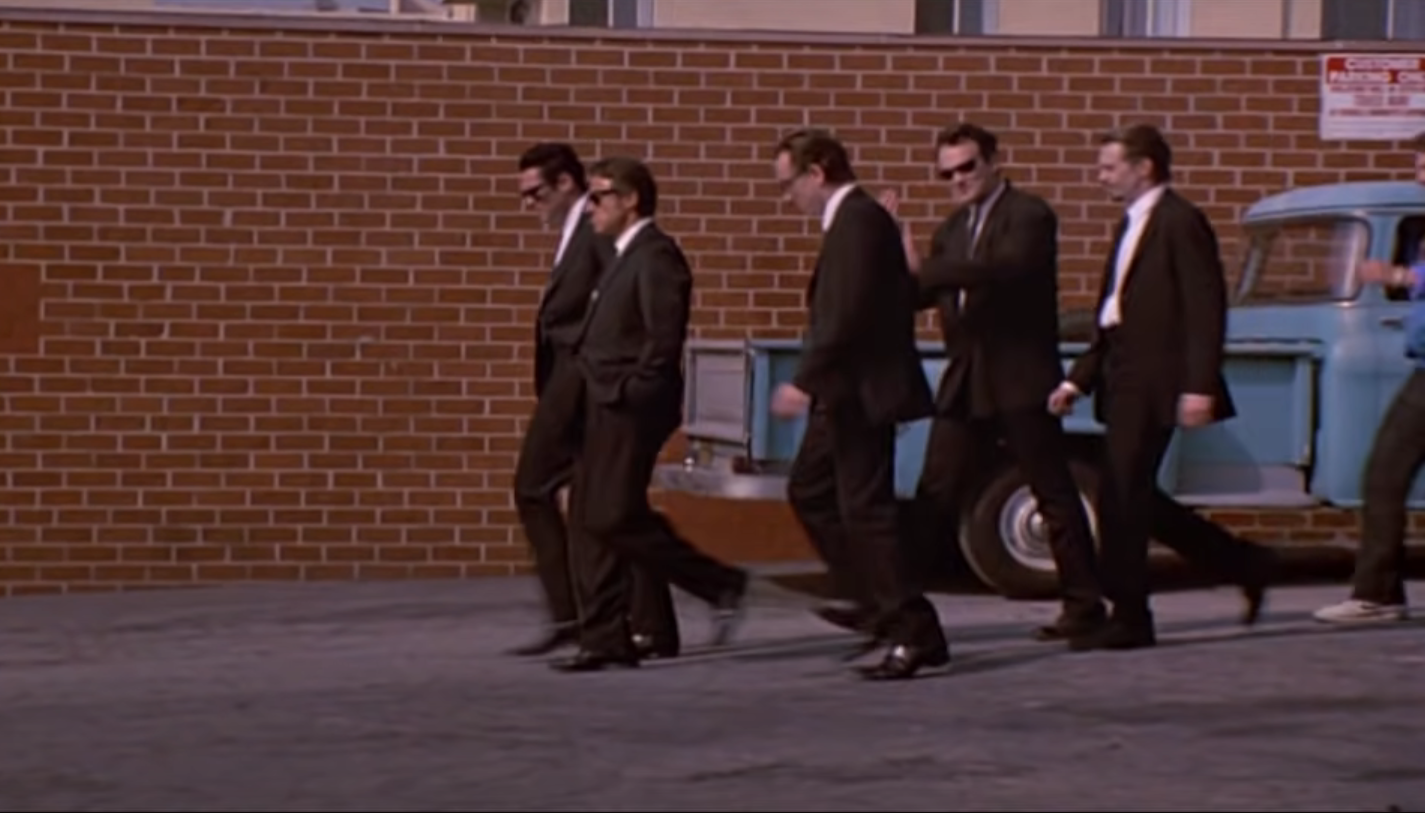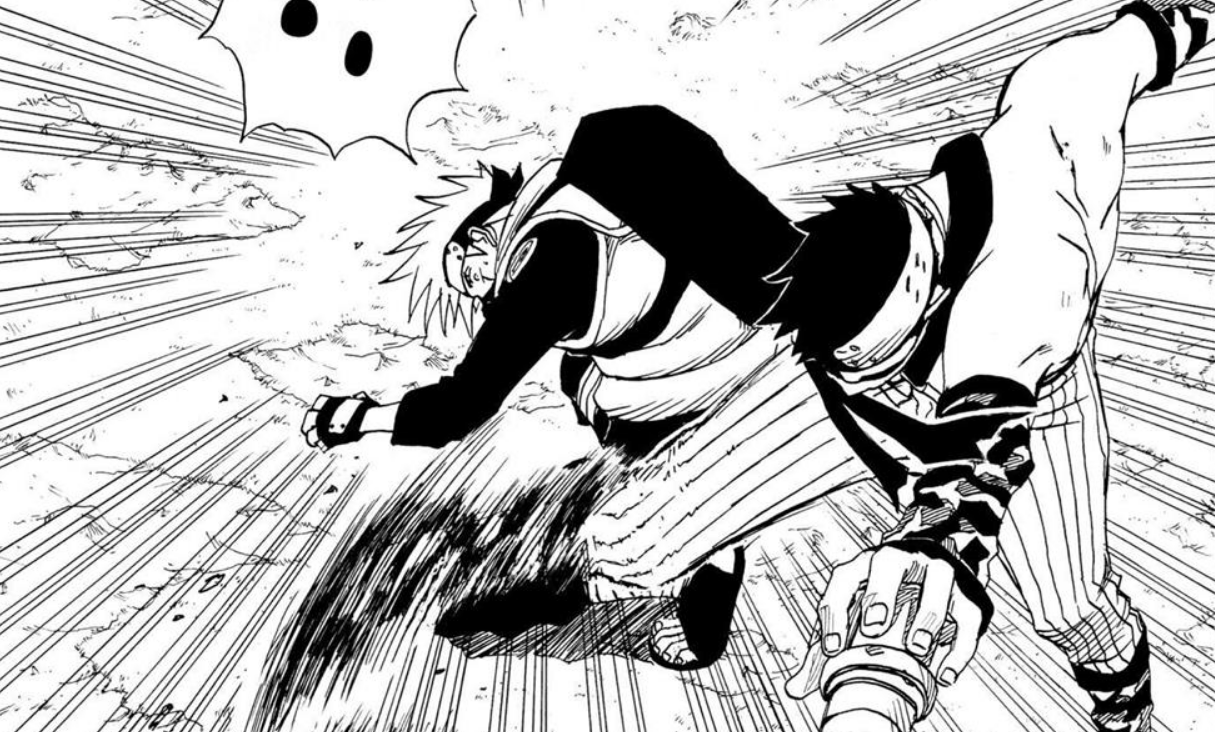For depicting so many situations and emotions without colors or motion, manga as a medium of storytelling is exceptional. The way mangaka craft their compelling stories, a reader can’t help but turn the page to see what’s up next. Masashi Kishimoto’s Naruto is no different.
The legacy of Naruto speaks volumes about how Kishimoto hooked millions to his creation with his exceptional skills as an artist and a storyteller. Every creator has their favorite works of fiction that they draw inspiration from. Besides manga like Dragon Ball and Akira, Kishimoto drew inspiration from movies.
Kishimoto Wanted to Incorporate this Quentin Tarantino Technique in Naruto

The story in Naruto is emotionally gripping and evokes a series of emotions in fans. In contrast to that, the fight sequences in Naruto are some of the best. The art captures the emotions of the characters and also puts emphasis on the movements they are making. Masashi Kishimoto shared during an interview with Los Angeles Times that he watches a lot of movies, and tries to use different effects and techniques from those movies in the manga.
I watch a lot of movies, and I tend to be influenced by scenes that intrigue me, that make me want to use the same effects or technique,
Kishimoto mentioned Quentin Tarantino’s technique as something he wanted to incorporate into Naruto. Specifically, referring to the way the director used slow motion and close-ups in his movies.
I like the way Quentin Tarantino creates a scene using a series of close-ups or showing very cool images of a person or people walking on some ordinary street in slow motion. I wish I could achieve that kind of slow-motion effect in manga, but it’s rather difficult to draw; the only things we can play with are tones of black and white.
It’s hard to pinpoint exactly what Masashi Kishimoto was referring to. However, the words ‘slow motion’ and ‘street’ instantly take us back to the opening scene of Reservoir Dogs. The technique that Kishimoto is speaking about is probably how the characters walk in a nonchalant yet cool manner and the way it’s shot.

The music perfectly complements the style of the carefree walk as the camera slowly pans over the faces of these characters. It’s hard to pick which one of them is the most suave. There are also several scenes from Kill Bill and Django Unchained. Tarantino uses lots of close-ups to depict the authoritative attitude of O-Ren and her accompaniments.
They enter the place and walk by as if they own every corner of that place. Their expressions and their walks are accompanied by intense music. And every time Uma Thurman sets her eyes on the other characters, we see how the characters react through close-up shots. However, the use of close-ups isn’t limited to reaction shots, but also extends to everything Tarantino feels like emphasizing.
Some Other Directors Kishimoto Felt Inspired By

Some of the directors Kishimoto mentioned were Takeshi Kitano and Michael Bay. The former’s style of shooting scenes from a distance appealed to Kishimoto. Whereas Michael Bay’s technique of shooting against background light intrigued him. He also mentioned that using these techniques in manga posed great difficulties.
It’s hard to visualize how these styles would fit into Naruto. Moreover, the music plays a huge role in depicting the charm of such scenes. While the black and white panels can’t convey that charm, they have their own way to appeal to the fans, something that can’t be replicated through other mediums. Even more so, when beautiful art like Kishimoto’s is concerned.
Naruto is available to read on the MangaPlus app and website.

